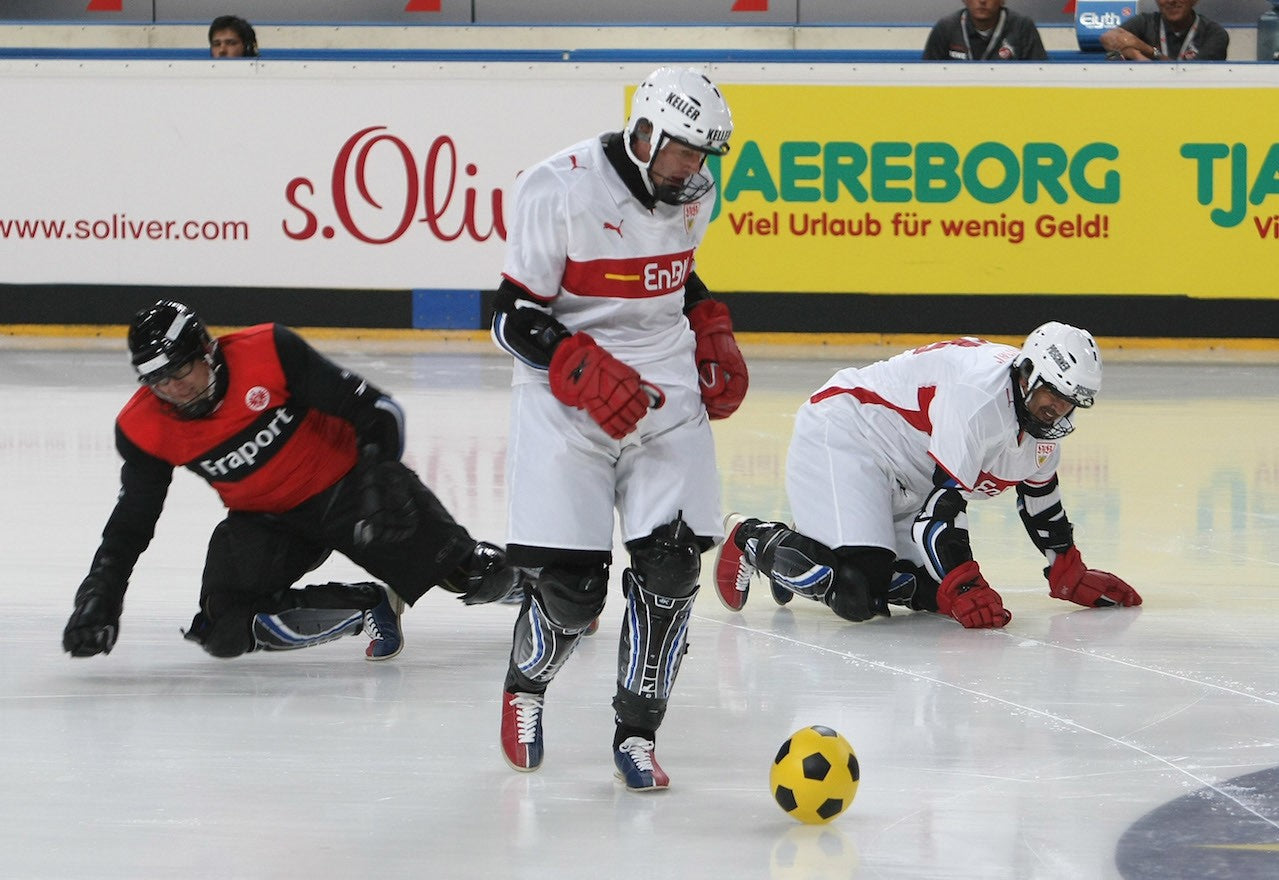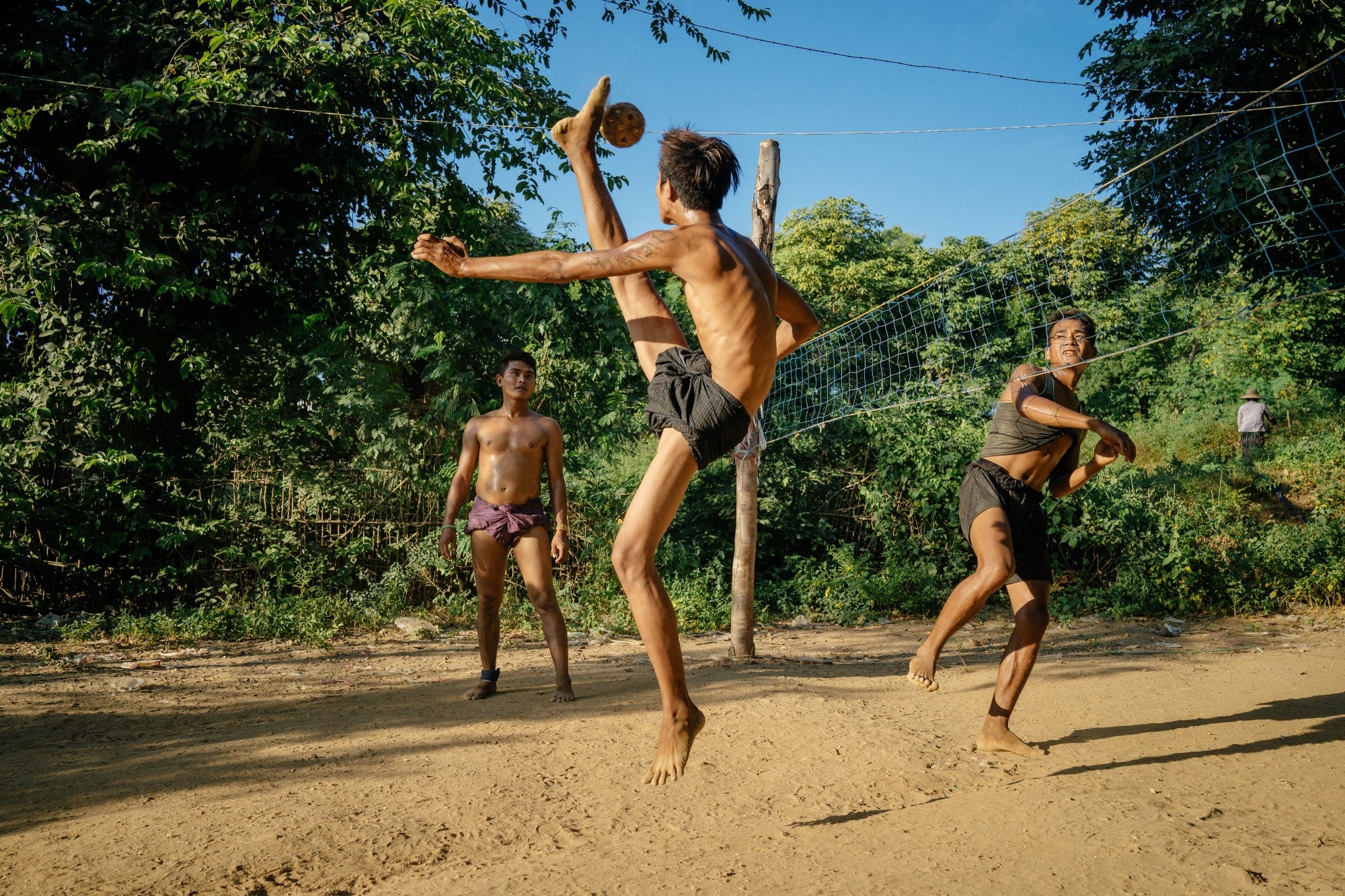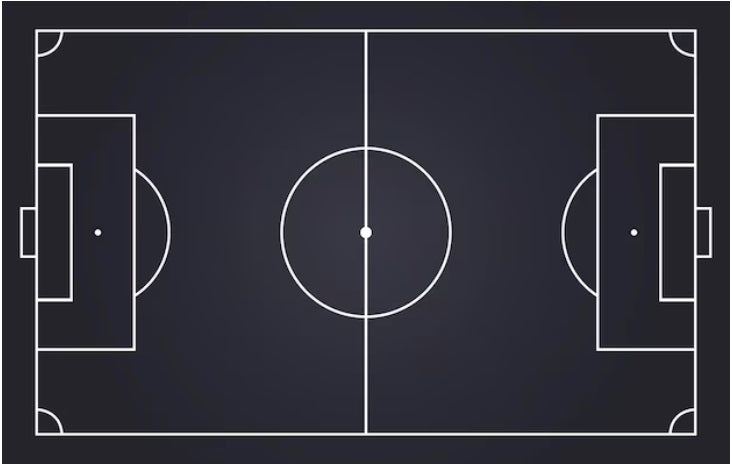France hosts the 2019 Plumfoot World Cup
The town of Eaubonne, a few minutes' drive from Paris, hosted the Plumfoot World Championship between August 20 and 24. Even if Vietnam won the final victory against a valiant Chinese team, our French representatives were not unworthy. Author of a beautiful journey which ended prematurely, the team showed great things which augur a bright future for plumfoot. Very popular in Asia, its notoriety is growing on the old continent and everywhere else. To better understand plumfoot, let's take a brief look at the history of this sport derived from the ancestor of football.
The origins of plumfoot
This sport comes to us from Asia. These origins are discussed between China and Vietnam. No wonder these two countries were the finalists of the last World Championship. The first version of the plumfoot is the cuju. He was born between 476 and 221 BC. This sport was practiced in the imperial court and pitted cavalry soldiers against the emperor's guards. Over the following years, it underwent a strong evolution, plumfoot was formalized and the sport was called “ JIANZI ”. In 2004, cuju was named the ancestor of football. From 1984, Jianzi became a national sport.
In Vietnam, the plumfoot is known under the name đá câu and appears in the 5th century BC. Traces of plumfoot practice have been found in temples dating back several centuries. Here, it was only from 1970 that it was formalized and recognized as a national sport.
The notoriety of plumfoot reached Europe during the Berlin Olympic Games in 1936. A Chinese athlete, after a remarkable performance in his discipline, made some demonstrations. In 1999, 26 nations including mainly Asian countries founded the International Plumfoot Federation then in 2003 its European federation was born. Also in 2003, plumfoot was included among the sports practiced at the Southeast Asian Games.
Plumfoot practice
The wheel
Plumfoot in its overall form is a mix between the ball sports of football, volleyball, badminton and a martial art, Kung-fu. It is played with a shuttlecock called the pili. The steering wheel is made of a rubber base, with one or more goose (or duck) feathers. There are two forms (versions) of plumfoot, the freestyle version and the competition version. The rules and the ball have some variations depending on the versions.
Play plumfoot in Freestyle mode
This form of plumfoot is mainly practiced in the street. The goal here is to juggle the shuttlecock for a long time without dropping it. It is possible to use all parts of the body except the hands and arms. It is generally played with 4 or 5 players. There are four feathers on the frill and the colors can vary, ranging from red to green, including yellow or blue.
The freestyle version requires qualities such as creativity and imagination. Indeed, the juggling is accompanied by tricks. Among the spectacular figures we find the scorpion, the world tour, the sun, the indie and many others.
Play plumfoot in net version
The net version of plumfoot is the one practiced during competitions. It is this version which is more similar to badminton. Moreover, the court where it is practiced is the same as that of badminton with the exception of the back corridor which is not present here. It is therefore a rectangle separated by a net 1m50 long (in women's competitions) or 1m60 (in men's competitions).
The goal here is to make the shuttlecock fall into the opponent's rectangle. Each time the shuttlecock bounces in the opposing camp, the team scores a point. To win a match, you have to win two sets. And to win a set, you must score twenty-one (21) points while having at least two points ahead of the opposing team. Here, there are fouls that can result in penalties for the team that commits them.
Plumfoot clubs in France
Many plumfoot clubs have emerged in France since the advent of plumfoot. There is a federation which organizes a national championship. The main clubs are in Dunkirk, Marseille, Paris and Puteaux. However, we find others, less upscale, all over France. To find the list and contacts of all Plumfoot clubs in France, you can consult the list on the official France Plumfoot website .
© 2019 JugglePro. Reproduction prohibited without the authorization of the author


















